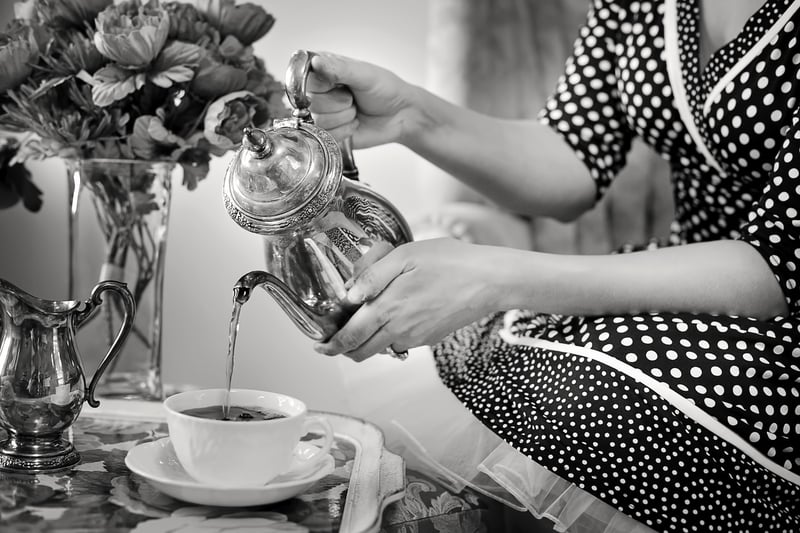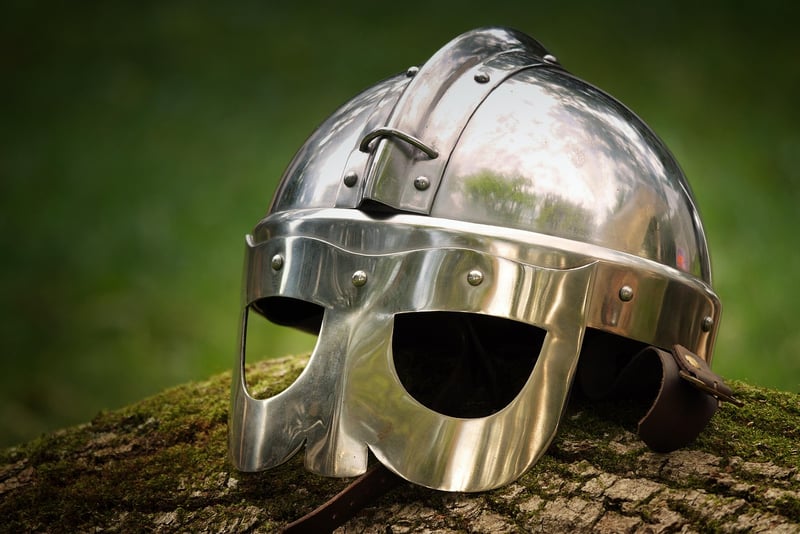Historical Etiquette
Guidance for Travelers + Historical Etiquette
Introduction
Traveling to new destinations can be an exciting and enriching experience. However, it's essential to be mindful of local customs and traditions to ensure a smooth and respectful journey. In this guide, we'll explore some helpful tips for travelers and delve into the fascinating world of historical etiquette.
Tips for Travelers
- Research: Before your trip, take the time to learn about the culture, language, and customs of the country you are visiting. This will help you navigate unfamiliar situations with ease.
- Respect Local Norms: Be aware of and respect the dress code, social norms, and traditions of the destination. What may be acceptable in one country could be offensive in another.
- Learn Basic Phrases: Knowing a few words in the local language can go a long way in fostering positive interactions with locals. Simple greetings and expressions of gratitude are always appreciated.
- Practice Patience: Traveling can be unpredictable, and things may not always go as planned. Stay patient and adaptable, and embrace the unexpected as part of the adventure.
- Be Mindful of Your Impact: Respect the environment, wildlife, and local communities. Travel sustainably by minimizing your carbon footprint and supporting ethical tourism practices.
Historical Etiquette
Exploring historical etiquette provides fascinating insights into the customs and behaviors of bygone eras. While these practices may not be relevant today, understanding them can deepen our appreciation for cultural evolution.
Victorian Era Etiquette
In the Victorian era, strict social codes governed every aspect of life. Etiquette books were popular, guiding individuals on proper behavior in various social situations. Some key aspects of Victorian etiquette included:
- The importance of proper introductions and greetings
- Strict rules for dining etiquette, such as using the correct utensils
- Expectations around courtship and marriage rituals
- Protocol for sending and receiving formal correspondence

Medieval Etiquette
During medieval times, chivalry and courtly behavior were highly valued. Knights and nobles adhered to a code of conduct that emphasized honor, bravery, and courtesy. Some elements of medieval etiquette included:
- The concept of courtly love and romantic gestures
- Rituals of feasting and banqueting in noble households
- Rules of engagement in jousting tournaments
- Forms of address and respect based on social hierarchy

Conclusion
By combining practical tips for modern travelers with a glimpse into historical etiquette, we can cultivate a deeper understanding and appreciation for diverse cultures and traditions. Whether embarking on a new journey or exploring the customs of the past, respect and curiosity are key to meaningful experiences.
Safe travels and happy exploring!
